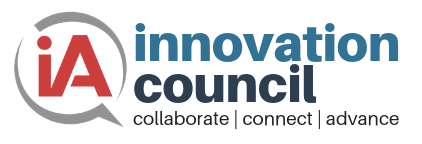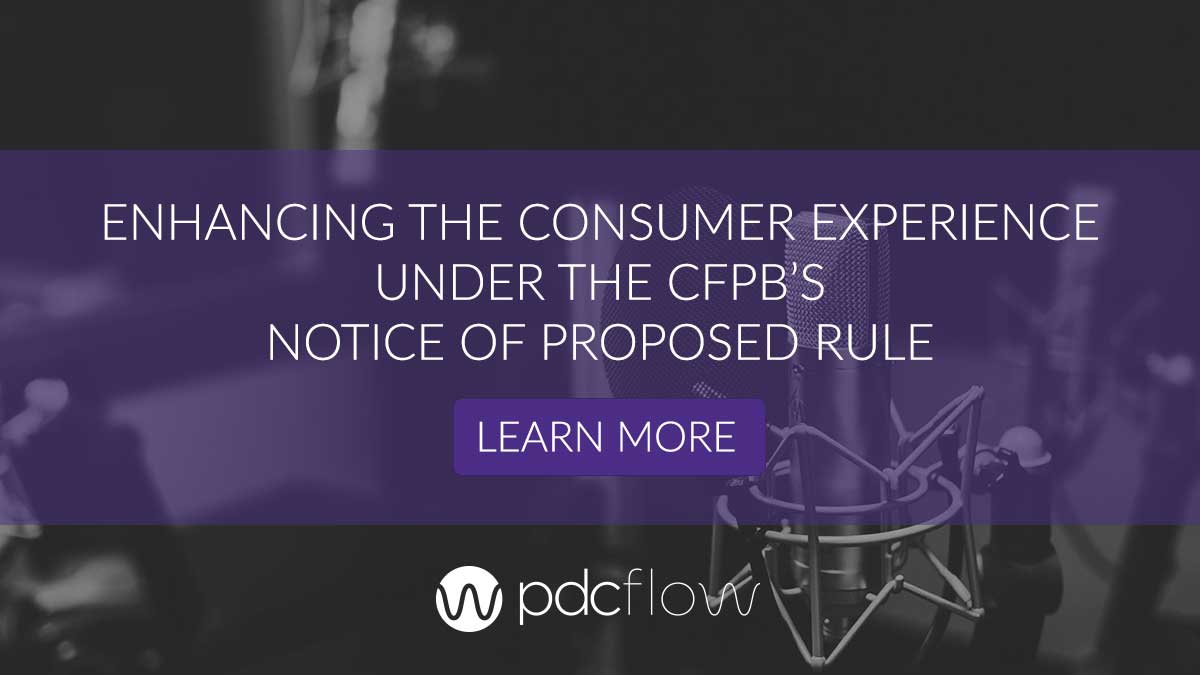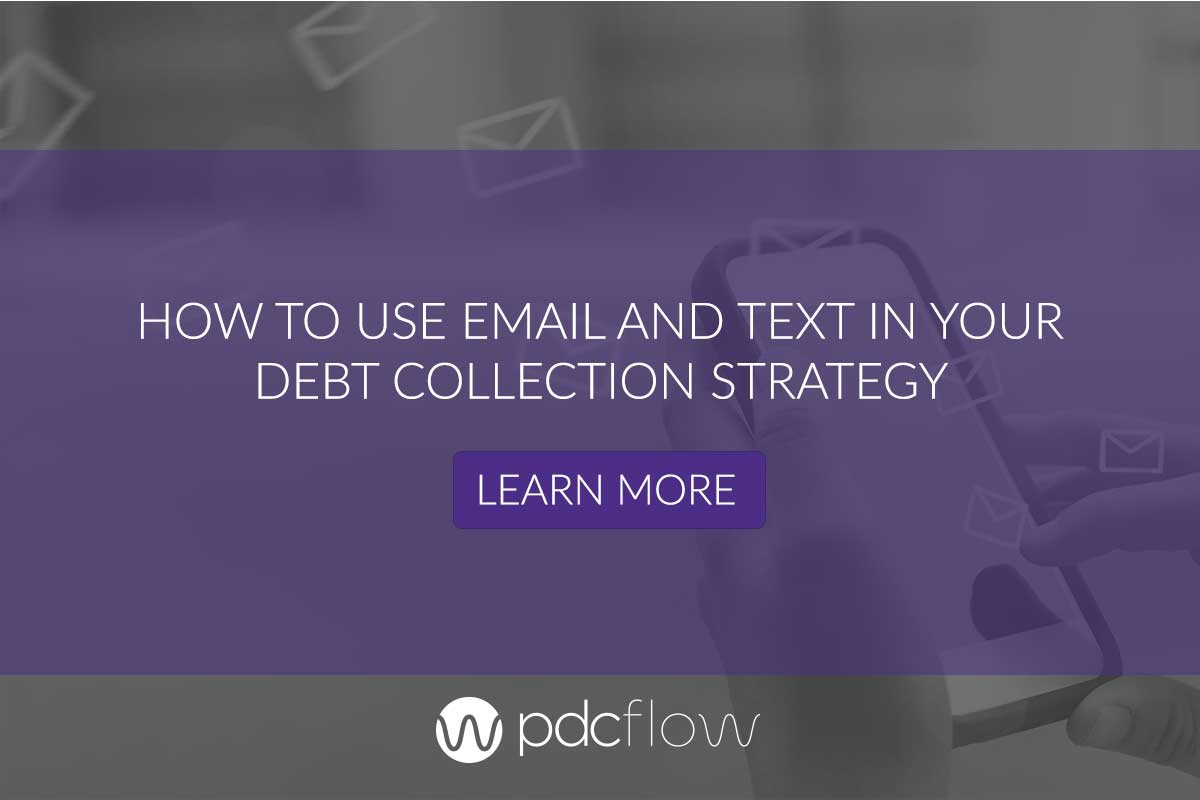Share this Article
This article, which originally appeared on insideARM, is part of the iA Think Differently series and was authored by Matthew Snedden, Chief Operating Officer of Beyond Investments. Written by members of the iA Innovation Council, the series showcases thought leadership in analytics, communications, payments, and compliance technology for the accounts receivable management industry.
It is undeniable that the world has changed in the last 40 years. That is, with the exception of the Fair Debt Collection Practices Act (FDCPA). Enacted in 1978 -- and not updated since -- the law mentions telegrams and came about decades before mobile phones, email, or the Internet. As a result, just like the law, much of the collection industry also remains stuck in the last century. It is time to catch up. Consumers are no longer reachable by snail mail or landlines. We all know this but what can we do about it?
The consumer you are trying to reach has gone digital, and the industry needs to follow. While there is still hope that a final rule from the Consumer Financial Protection Bureau (CFPB) will allow for text messages and email to consumers, this is just one piece of a digital strategy. There are many other things to do that do not put you at risk if you start thinking about a holistic digital strategy now.
The Collection Industry Actually Has an Advantage
Consider the amount of technological development over the past 40 years since the FDCPA was passed. While other industries spent the last 40 years attempting to find the best practices with developing technology, the collection industry can now take a giant leap forward by employing what those industries have learned through trial and error. This permits a collection agency to take a fully holistic approach to its digital strategy.
The primary objective of a collection agency is to recover funds owed by a consumer. The first milestone of that goal is to communicate with the consumer. According to the TransUnion Aite Group Report, The State of Third-Party Collections, 58% of survey respondents believe it is more difficult to contact consumers today than it was five years ago. They also state that "Getting consumers to respond is perhaps the biggest challenge in the industry today." As you plan your future strategy, ask yourself the questions below.
1. Are you providing all of the preferred methods of communication?
Communication with the consumer can occur in two ways, inbound or outbound. We all know that inbound communication has the greatest chance of achieving the overall goal of collecting payment because the consumer is engaged. Until there are safer methods than a written letter sent through the US Postal service, a letter is still the primary method of generating inbound communication. 88% of respondents in the TransUnion Study mail a letter when the account is placed. Certainly, your phone number is on this letter, but how many calls do you get from a g-notice? Consumers have gone digital. They will rarely call you to have a conversation that is likely to be embarrassing for them. They prefer the more anonymous communication methods of text, email, or webchat. Do you provide them with those opportunities?
While a g-notice may prompt a few payments, it typically requires the consumer to write a check and mail it to you. Have you provided the consumer with their preferred method of payment? Some consumers prefer an automated telephone payment through an IVR, others prefer payment via the Internet at a payment portal. Some may have a question and want to interact with a chatbot on your website. What if they don't recognize the debt? From the first communication, they should be able to find your website, read about your company, dispute or pay the debt, register their communication preference by text, email or phone, and provide consent - which you then record and keep on file.
2. What is the quality of your user experience?
All of these methods relate to a full digital strategy focused on the user experience. It offers every conceivable method of payment and the possibility to communicate in whatever channel the consumer prefers. As you might imagine, the heart of your digital strategy for collections will be your website and directing traffic there will be the goal of your communications strategy regardless of the method of communication. Voicemail, voicemail drop, email, text message, limited content message, private LinkedIn or Facebook message: the options for communication with consumers will continue to grow. The strategy, however, will be the same. You need to generate an inbound communication from an engaged consumer. Generally speaking, your website will be the easiest method for the consumer to gather more information in a safe, non-confrontational way.
If the consumer is ready to pay without questions or objections, the communication needs to offer all methods of making a payment that your digital strategy can offer. Consumers have many different preferences to make a payment: IVR, payment portal, chatbot, text payment, etc. None of these methods need to involve one of your employees. These methods are therefore the most financially effective methods of collecting. Your website can be the hub to funnel the user to their preferred method of communication and payment. For text messages, calls to a cell phone or even email, you should be tracking consent to communicate for each particular method. This can be handled easily by your website. Disputes? The website should also allow a consumer to register a dispute and provide reasons for the dispute. It can also function as entry to a payment portal, link a cell phone to an IVR for payment, provide a link to speak to "customer service" or allow the consumer to provide you with a cell number or email for a message back. If your collectors use a chat function on your website, the consumers can ask questions, provide consent, pay their bill or dispute a charge.
A holistic approach to a digital strategy can open a multitude of opportunities for a consumer to make a payment. All of them are easier and less expensive than actually reaching a consumer on their landline. And, the consumers prefer it!
3. Are you sending the wrong message to the wrong audience?
After review of several hundred collection agency websites, it appears that the majority of the sites are not mobile-first, offer no assistance to the consumer, and probably confuse them by marketing their services to attract new clients. That is the wrong message to the wrong audience. There is a wealth of free information available about how to design your website to provide a successful user experience. The easier it is for a consumer to pay, the much more likely it is that they will pay. It is time to embrace a holistic digital strategy and to approach the strategy with a "user experience" perspective. No need to wait on the final rule to roll out a digital strategy. Just add to your strategy once it does come out.
About the iA Innovation Council
The iA Innovation Council is a collaborative working group of product, tech, strategy, and operations thought leaders at the forefront of analytics, communications, payments, and compliance technology. Group members meet in person several times each year to engage in substantive dialogue and whiteboard sessions with the creative thinkers behind the latest innovations for the industry, the regulators who audit and establish guardrails for new technology, and educators, entrepreneurs and innovators from outside the industry who inspire different thinking.
Take your digital strategy to the next level. PDCflow offers secure electronic payments and signatures sent through text, email, or your agency's chat feature. Our digital communication tool, FLOW, works instantly. This allows collectors to send authorization documents and receive signature and payment within seconds, boosting the number of guaranteed payments each agent collects. Find out how it works. Sign up for a demo today.







